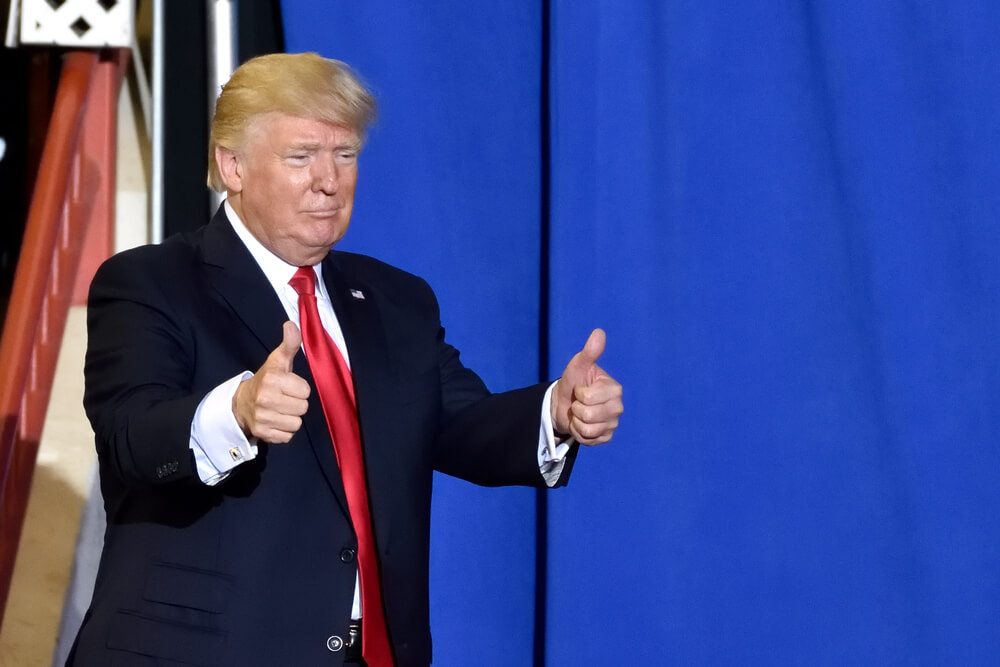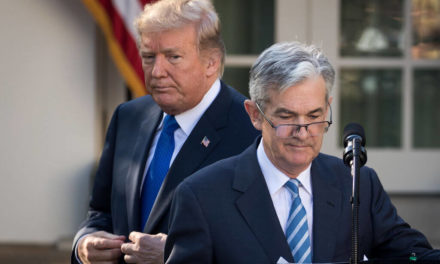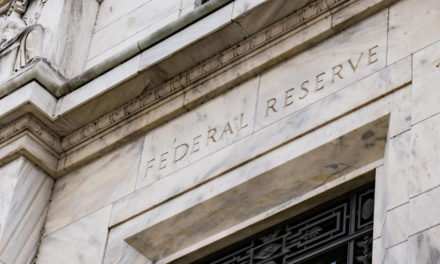The World Economic Forum announced in its 2018 World Competitiveness Report that the United States sits atop as the No. 1 most competitive economy in the world after spending the past few years ranked third.
“Global competitiveness is determined by the set of institutions, policies and factors that determine the level of productivity of a country … And productivity leads to growth … and improved well-being,” the report reads.
The top billing suggests there is more growth ahead.
Per a Friday article by The Hill:
According to the Davos elite (who are no fans of Donald Trump), the U.S. is indeed “great again,” to borrow a Trumpian slogan. It is the country, according to the WEF, that should best prosper in Davos’ “fourth industrial revolution.”
The article notes America is well positioned to thrive in the new competitive environment, welcome news indeed for the Trump administration and a Republican party seeking to hold onto control of Congress ahead of November’s midterm elections.
As to methodology: The WEF ranks each of the 140 countries they study according to what they identify as the determinants of productivity and dynamism. The individual country scores are determined by a combination of executive opinion surveys and quantitative measures.
The 2018 World Competitiveness Report ranks countries according to 12 productivity-enhancing “pillars,” among them legal institutions, infrastructure, macroeconomic stability, skills of the labor force, product and labor markets, the financial system and innovation capability.
The U.S. under Trump ranks in the top three in more than half of the categories measured, and sits atop the heap in three categories: labor market, financial system and business dynamism. The U.S. is second only to Germany in innovation capability.
If we drill down inside the pillars, we see why the WEF has awarded the U.S. its top ranking: Our labor market is flexible, unlike highly regulated labor markets elsewhere. Employers hire and fire freely, redundancy costs are low, wage determination is flexible and professional management is the order of the day.
The strengths of the U.S. financial system are its promotion of business formation and innovation through its provision of capital to the private sector, its financing of small- and medium-size businesses and lively venture capital markets.
The country’s dynamism is reflected in promoting the entrepreneurial spirit and efficient bankruptcy proceedings, giving innovative companies the room they need to grow, The Hill says.
U.S. infrastructure also ranks relatively high with some of the best roads and airport connectivity.
If we exclude the two city-states (Singapore and Hong Kong), U.S. infrastructure ranks No. 7 behind Germany, Japan, Korea, Netherlands, France, and Switzerland — all noted for their excellent infrastructure.
As far as deregulation, the WEF ranks the U.S. No. 2 behind only Finland, with the vast majority of deregulation coming under Trump as one of his biggest campaign promises kept.
The report praises diverse U.S. capital markets as open to financing new businesses and risky ventures and as efficiently allocating capital, while the rest of the world relies on stodgy banks to decide who gets financing.
In contrast, the American left views the financial system with distrust and hostility, as an institution designed to cheat rather than to grow business. Instead of viewing the U.S. labor market as a marvel of flexibility and fast reaction to change, the left views it as an instrument of exploitation.
Ultimately, the report proves that it pays to have a businessman calling the shots as president when it comes to running the world’s largest — and now most competitive — economy.
The No. 1 ranking of the United States as the world’s most competitive economy by the world’s elite shows that those who value productivity, innovation and growth may be coming around to Trump, despite his inflammatory tweets and rhetoric. Have they decided that what counts is results and not persona?




